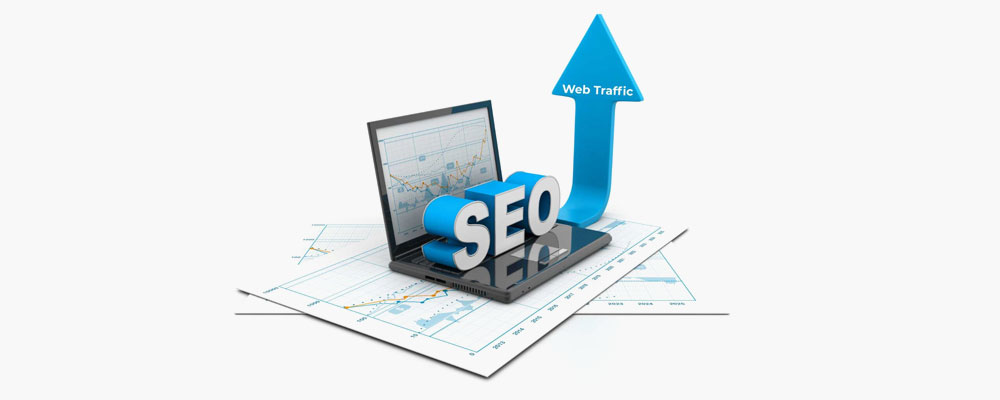Table of Contents
Google rolls out multiple core updates in a year. Some of these have a major impact on site performance, while others cause more subtle changes. But one thing is clear: the aim of all these Google core algorithm updates is a steady and expected transition that shifts the spotlight from the page itself to the users.
Google has already released two core updates in 2020. One was in January and the other in May. Towards the end of May, Google announced another update in the Google Webmaster Central Blog, slated for 2021. The update is meant to provide users with search results that will, besides providing useful content, also provide a pleasant experience to the user.
Why the Long Gap between Announcement and Implementation?
The purpose of the heads-up was to allow sufficient time for website owners to make the necessary changes without scrambling amidst the pandemic. Google has recognized that most website owners are now concentrating on optimizing their sites and pages to help people during the COVID-19 crisis. Google does not want to interfere with that.
So, keeping that in mind as well as the fact that site owners have repeatedly asked Google not to catch them by surprise with changes, Google made the announcement well in advance. It has also assured that it will make another announcement at least six months before starting to roll out the update. That way, page owners will have ample time to make necessary changes instead of having to shift focus to making their pages ready for it immediately. Perhaps the hope remains that people will be adapted enough to the changed circumstances by then to be able to adopt these changes smoothly.
So, what is the new Google core update?
The new Google core update is simply being informally called the update on Page Experience. In the words of Google itself, “Page experience is a set of signals that measure how users perceive the experience of interacting with a web page beyond its pure information value.” In other words, it is a new ranking factor to measure user experience or UX for a website.
These signals will take into account how convenient it is to visit and use the website. It will Google has assured that while content is still king, user page experience will play an important role in search rankings. Page experience will be measured using three new metrics punched under Core Web Vitals. They will be combined with existing metrics to improve the quality of search results displayed to the user.
What are Core Web Vitals?
A few days before announcing this update, Google announced the Core Web Vitals. Google has defined these as “a set of metrics that measure real-world user experience for loading performance, interactivity, and visual stability of the page.” These metrics are:
- Largest Contentful Paint (LCP) – It is a measure of the page loading performance. The loading speed of a webpage has always been an important factor in determining the bounce rate of the page. Google specifies an LCP of not more than 2.5 seconds for good user experience.
- First Input Delay (FID) – It is a measure of interactivity of the page. Clicking on any clickable part of the page should elicit a response as instantaneously as possible. Google sets the threshold at 100 milliseconds.
- Cumulative Layout Shift (CLS) – This measures the visual stability of the page. Google has finally officially recognized how vexing it is to users when they intend to click on a certain part but the page content shifts due to the appearance, disappearance or movement of some other content, causing you to click on a neighbouring point.
These are only the newest additions to the other metrics that were already being used to indicate usability of a page.
Existing Metrics to be Highlighted in the Update
Besides the Core Web Vitals, Google will continue applying the metrics already in place to measure the page experience of users. These are four in number and include:
- Mobile-friendliness – Responsive web designs undoubtedly improve user experience. You do not want to encounter a page that you have to scroll left and right to read each line in your mobile screen because the webpage was created in accordance with computer screen proportions. There are obviously more aspects to mobile-friendliness of a website too.
- Browsing safety – The page should be browsing-safe and not contain either any malware or social engineering content that can compromise the information security of the user.
- HTTPS – HTTPS stands for Hypertext Transfer Protocol Secure. Pages served over HTTPS connection with the user’s computer over a secure network using Transport Layer Security encryption. This will keep any user information safe from being spied on or stolen.
- Intrusiveness of interstitials – Interstitials refer to the ads that appear as pop-ups while a webpage is loading or has loaded. They have always been pesky, and now Google will charge penalties for their presence.
Google has said that these signals will be updated and revised annually.
Top Stories Update
Another change will also come about in the way search results will work in the upcoming core update. This involves the Top Stories section of the search results. Currently, this is reserved for AMPs or Accelerated Mobile Pages. These are basically really light mobile pages that used to provide the latest news and current events to the users. Their purpose was to load fast onto mobile browsers to allow people to view trending news quickly.
But, after the update, this will change. AMPs will no longer hold a monopoly over the Top Stories section. Any webpage could occupy the position as long as they deserved it in terms of their search ranking. Besides the usual factors that affected the search algorithm within the Top Stories, the page experience metrics will also become applicable to them. As long as a page aligns with the Google News content policies, they can rank in the Top Stories.
Handy Tools to Tract Page Experience
Google has always been somewhat notorious for not being too upfront about the SEO algorithm changes that it brings about in the search mechanism. This often blindsided webpage developers and SEO experts, causing the ranking of websites to seesaw wildly right after an update rolled out. It would take some time for these people to figure out these updates and make the necessary changes in their pages to restore their rankings as much as possible.
Although that has changed quite a lot in the past few years, it is for the first time that Google has announced a major update so long in advance and pointed out explicitly what and how things must be done. Not only that, but it has also made all the necessary tools and tips available from the time of the announcement itself. These are listed below:
- Core Web Vitals – A number of tools have been announced that will help you measure and keep track of LCP, FID and CLS. These include the PageSpeed Insights, the new Chrome User Experience (CrUX) Report API, BigQuery and Dashboard, Search Console integrated with a new Core Web Vitals report, the new Experience section and the Total Blocking Time metric in the Chrome DevTools Performance panel, Lighthouse version 6.0 and the Web Vitals Chrome Extension.
- Mobile-friendliness – Google provides the Mobile-Friendly Test for this.
- Safe Browsing – This can be checked through the Security Issues report in the Google Search Console. You can also check the Security Issues support page for best practices.
- HTTPS – You will need to use a TLS or SSL certificate on your site and follow certain practices as outlined by Google in their HTTPS support page.
- Intrusive Interstitials – Try not to use pop-up ads that make the webpage content less accessible to the user and follow the tips laid out in the Google Webmaster Central Blog on Helping users easily access content on mobile.
It is recommended that webpage creators use these tools to improve and maintain the user experience standard of their pages for the best results in the coming year.
How do these changes tie in with content quality?
One thing that Google has made excessively clear is that page experience will not take priority over content. It has categorically mentioned that good content will still be the primary factor for good ranking. Thus, if your content scores in the EAT (Expertise, Authoritativeness, Trustworthiness) department, it will rank over another page that may provide better page experience but does not provide good information.
Concluding Words
Every update that Google is rolling out in recent times is meant to make it easy for the user to search for information and find exactly what they are looking for. These updates have made it extremely hard for people to practice questionable techniques or earn unscrupulously through their websites. Website owners have been given a long time this time to test and assess their pages and rectify the flaws in them.
In an age where it takes less than a second for circumstances to turn, easy and quick access to accurate, relevant information is the only way to stay safe.









